5985000308960
Price Quote Get an up to date pricing and availability quote for this product. Order online or over the phone.
Quality Commitment
Serving our customers with quality and safety first.
- AS9120 Certified
- Audited supply chain
- ITAR Registered
- DDTC Registered
- HAZMAT Certified
- Customer service objectives
- Every product 100% inspected

5985-00-030-8960 Specification Set by the OEM (see RNCC code 3)
transmission line
coaxial type
2.060in. ⁓2-1/16"
0.880in.
2.310in.
2.600in.
1.750in.
+0.0 to 75.0 deg celsius
1.20
bnc
500.0 milliwatts average
unc
1.0
+0.0/+10.0
continuous
4 threaded hole
25.000 megahertz and 37.000 megahertz
-0.10/+0.10
40 per inch
1 slotted screw
four position rectangular
0.112in.
50.0 INPUT-Output
2 connector, coaxial, female
Cross Reference Parts Part numbers that meet the specification outlined on this page and set by the OEM
Identification Item Identification Guide (IIG) and Item Name Code (INC)
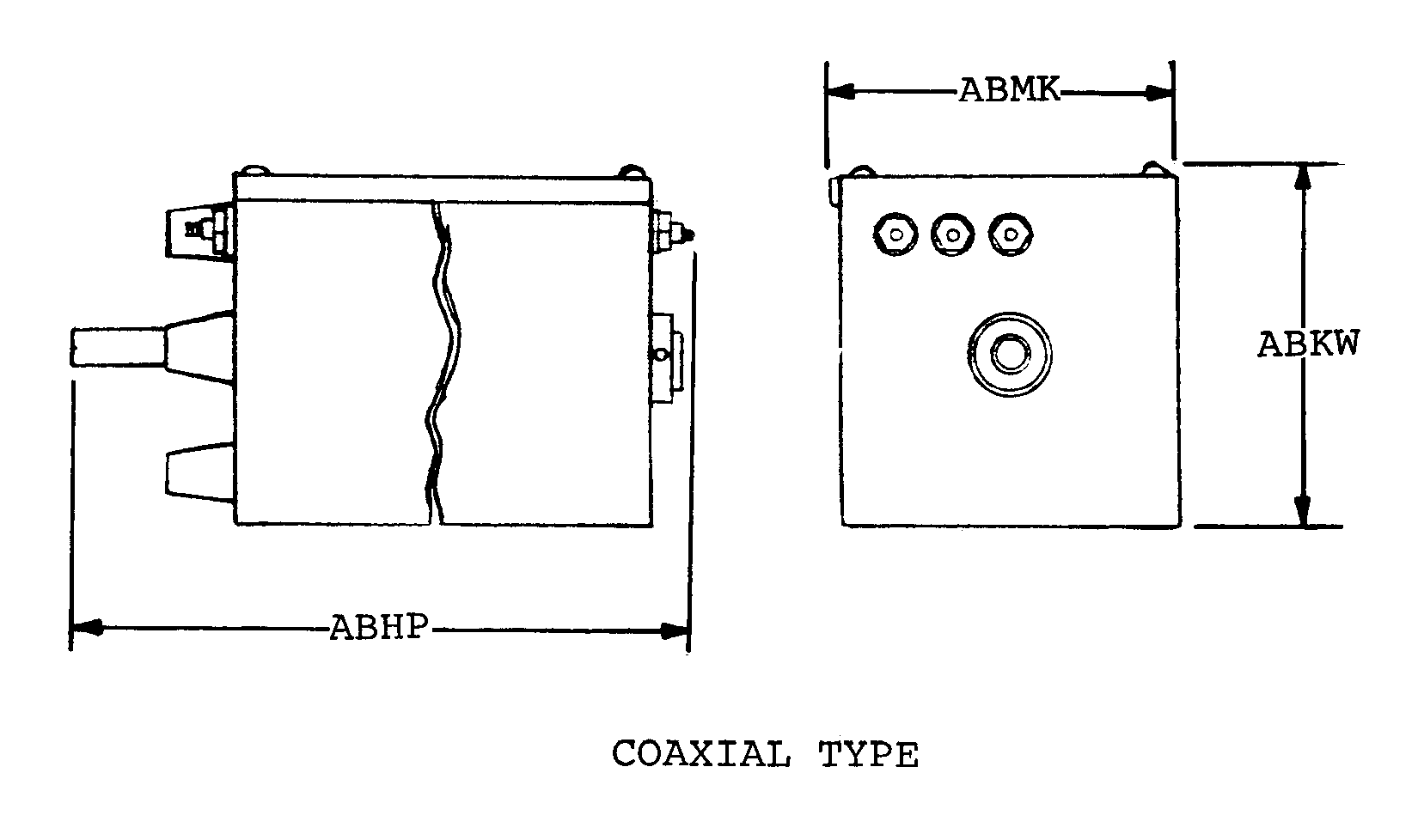
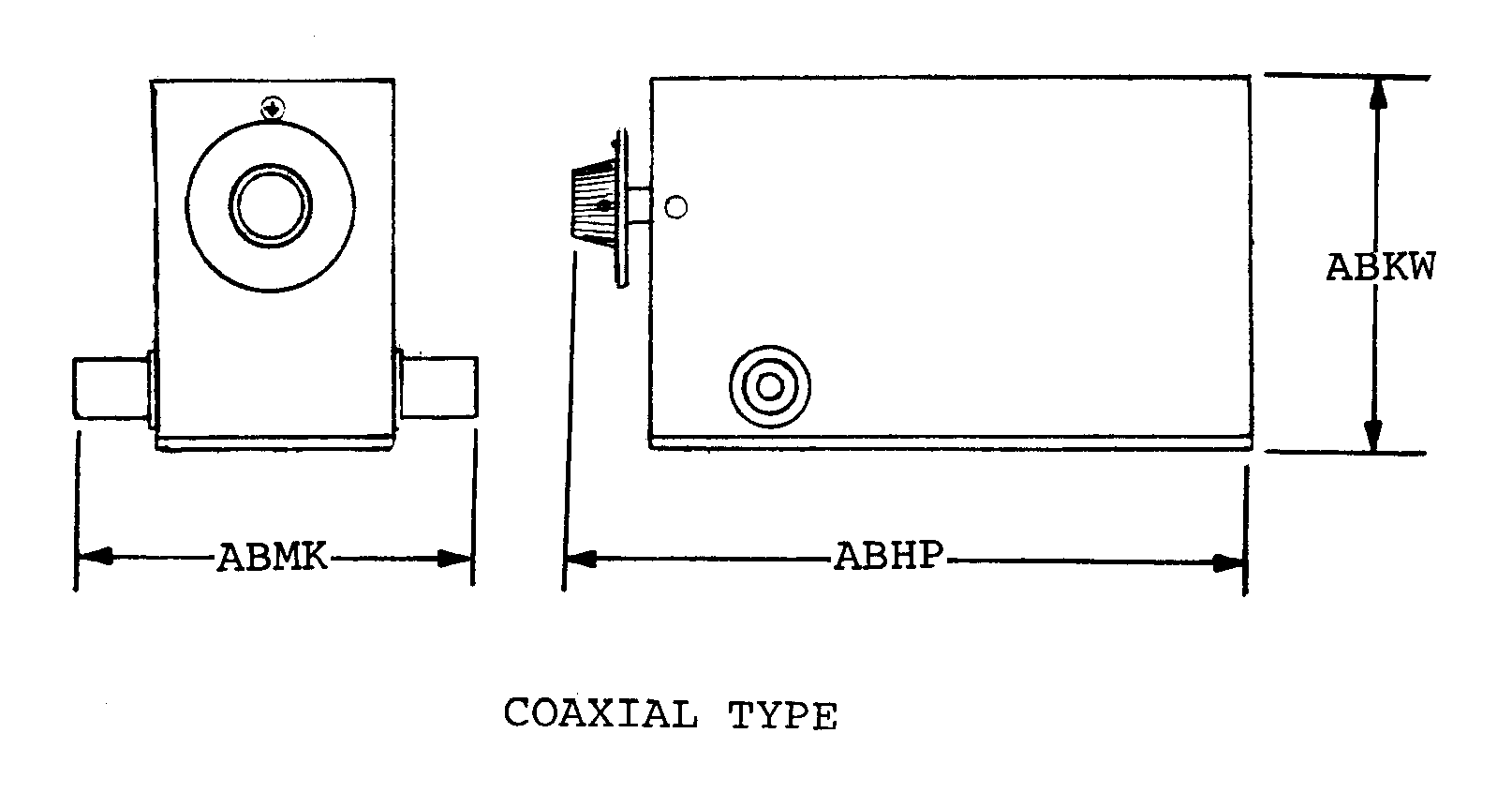
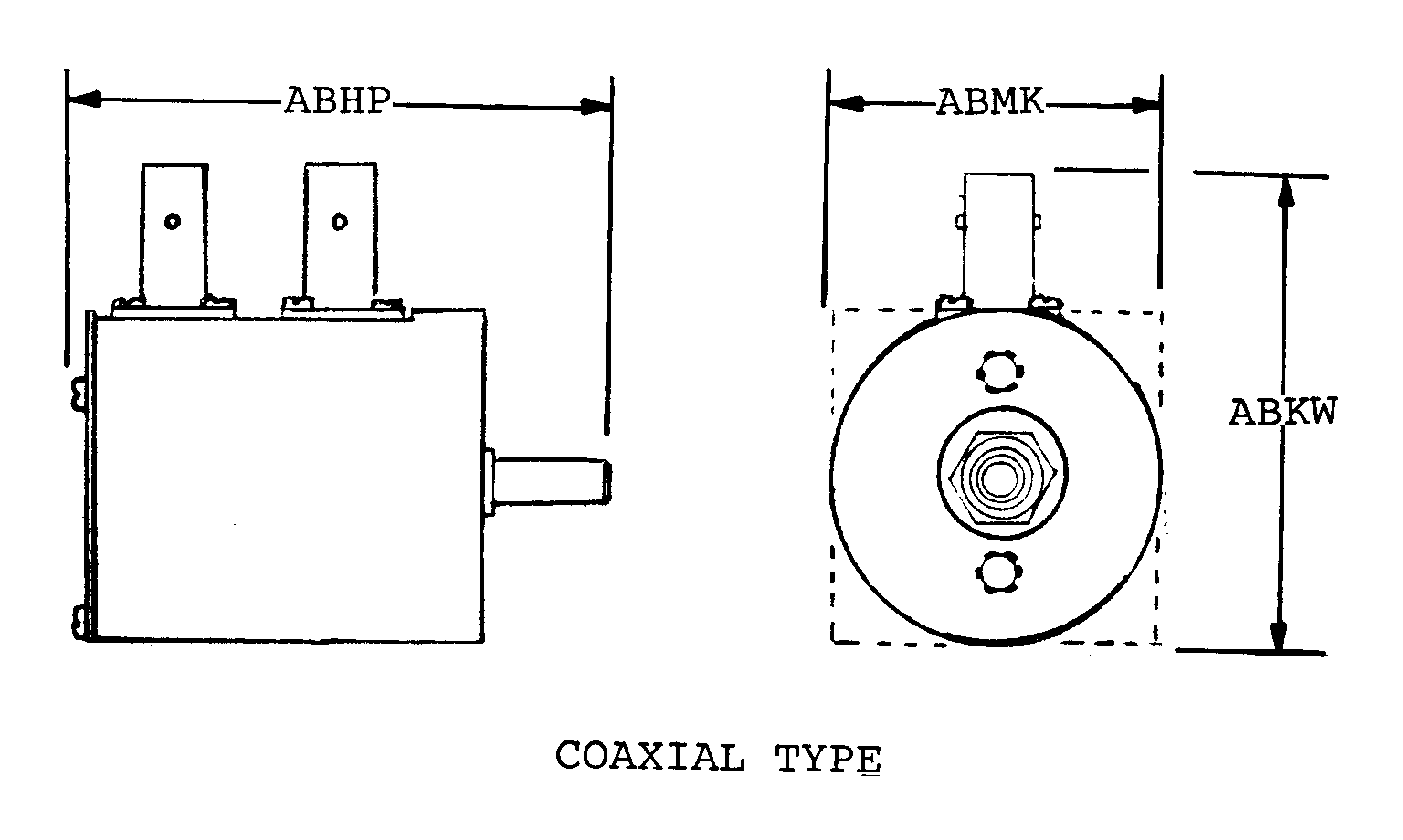
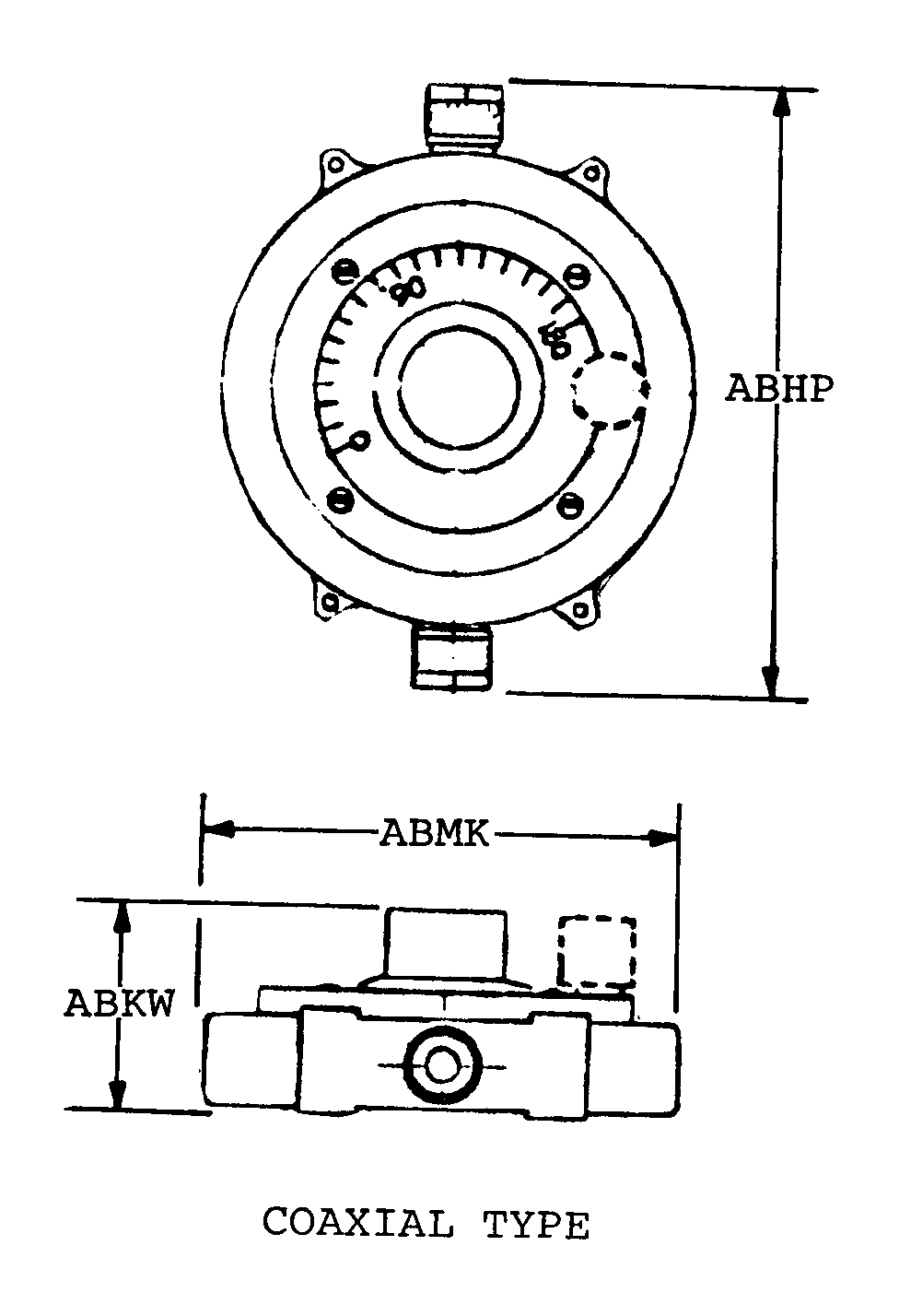
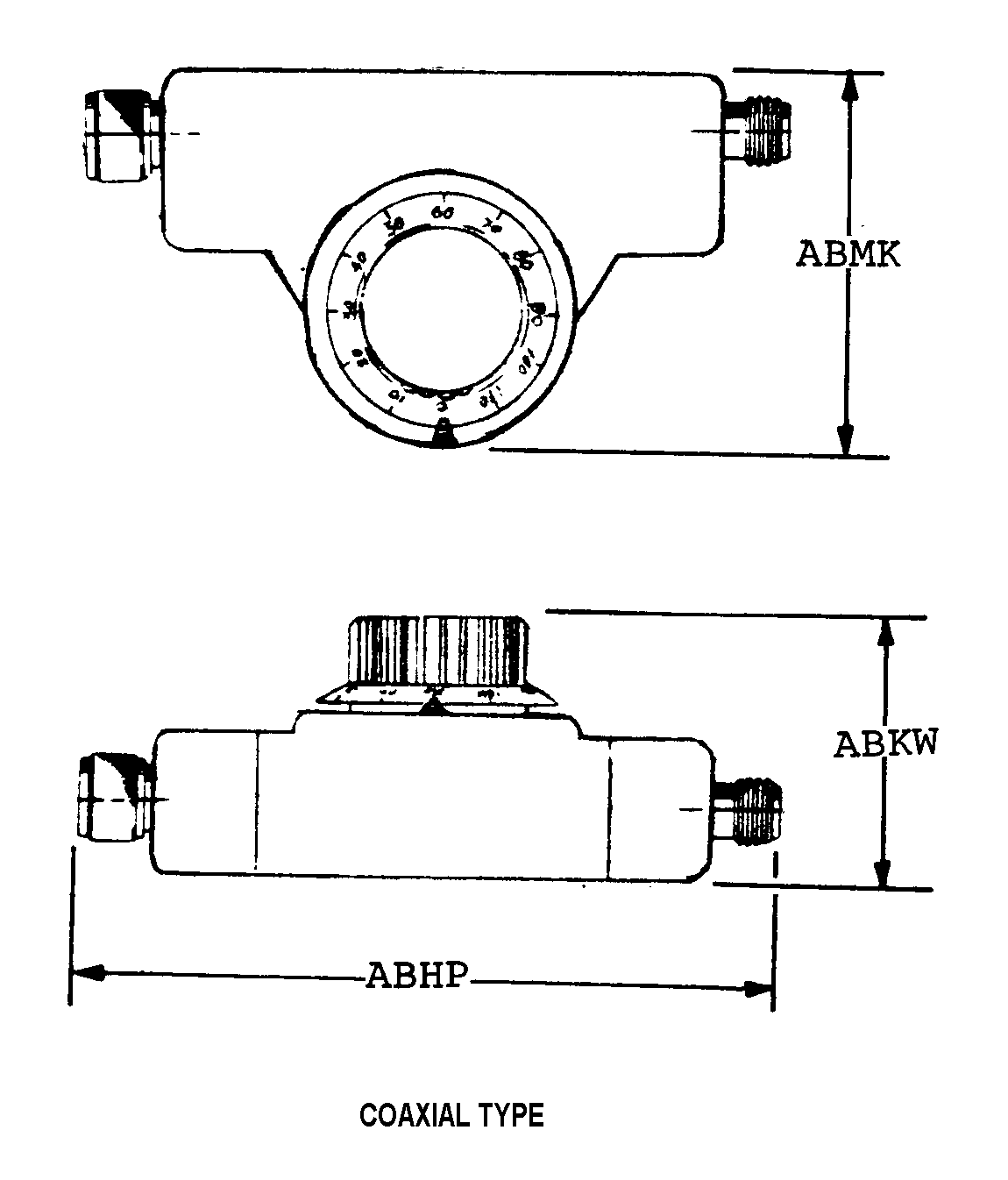
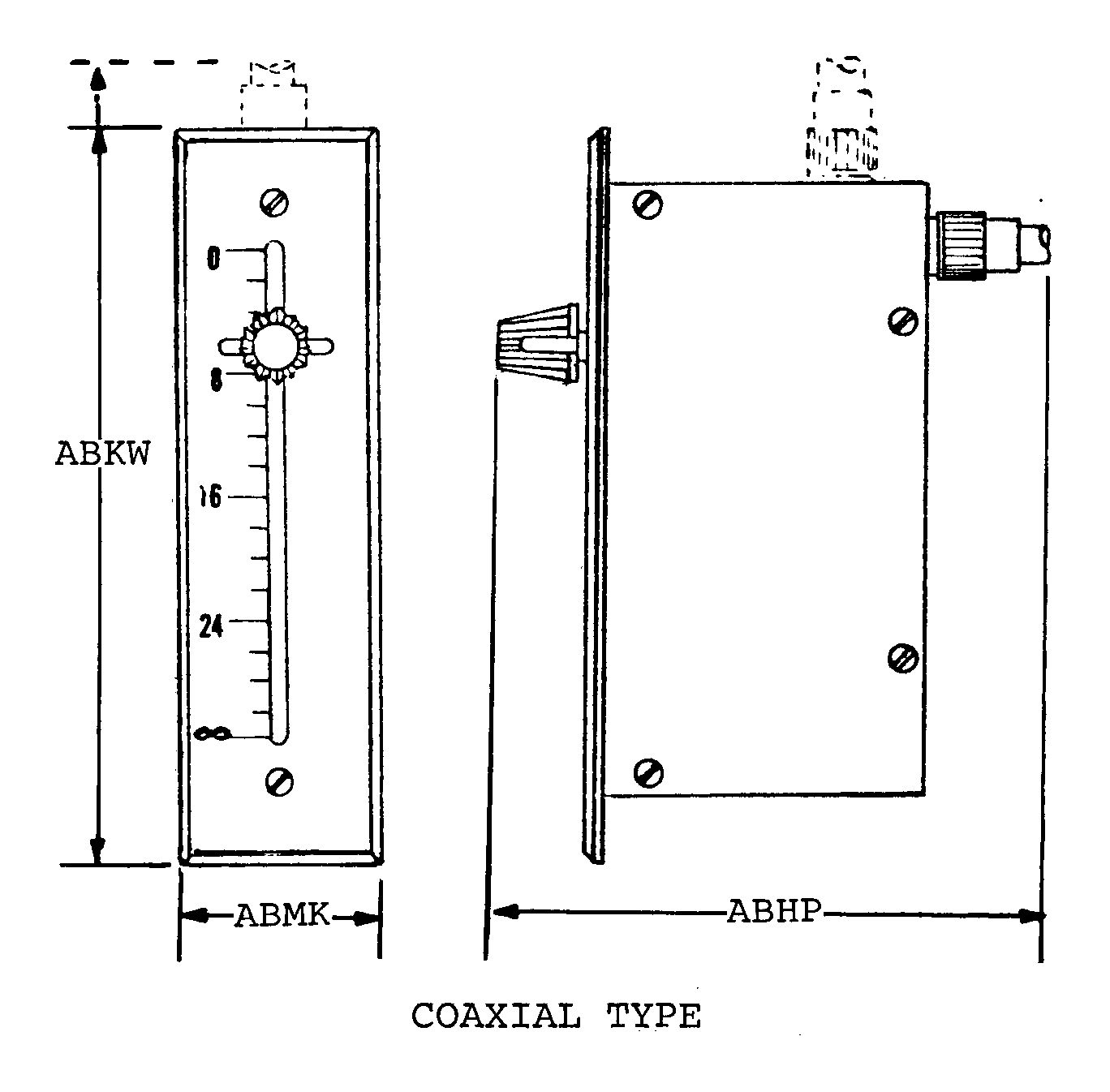
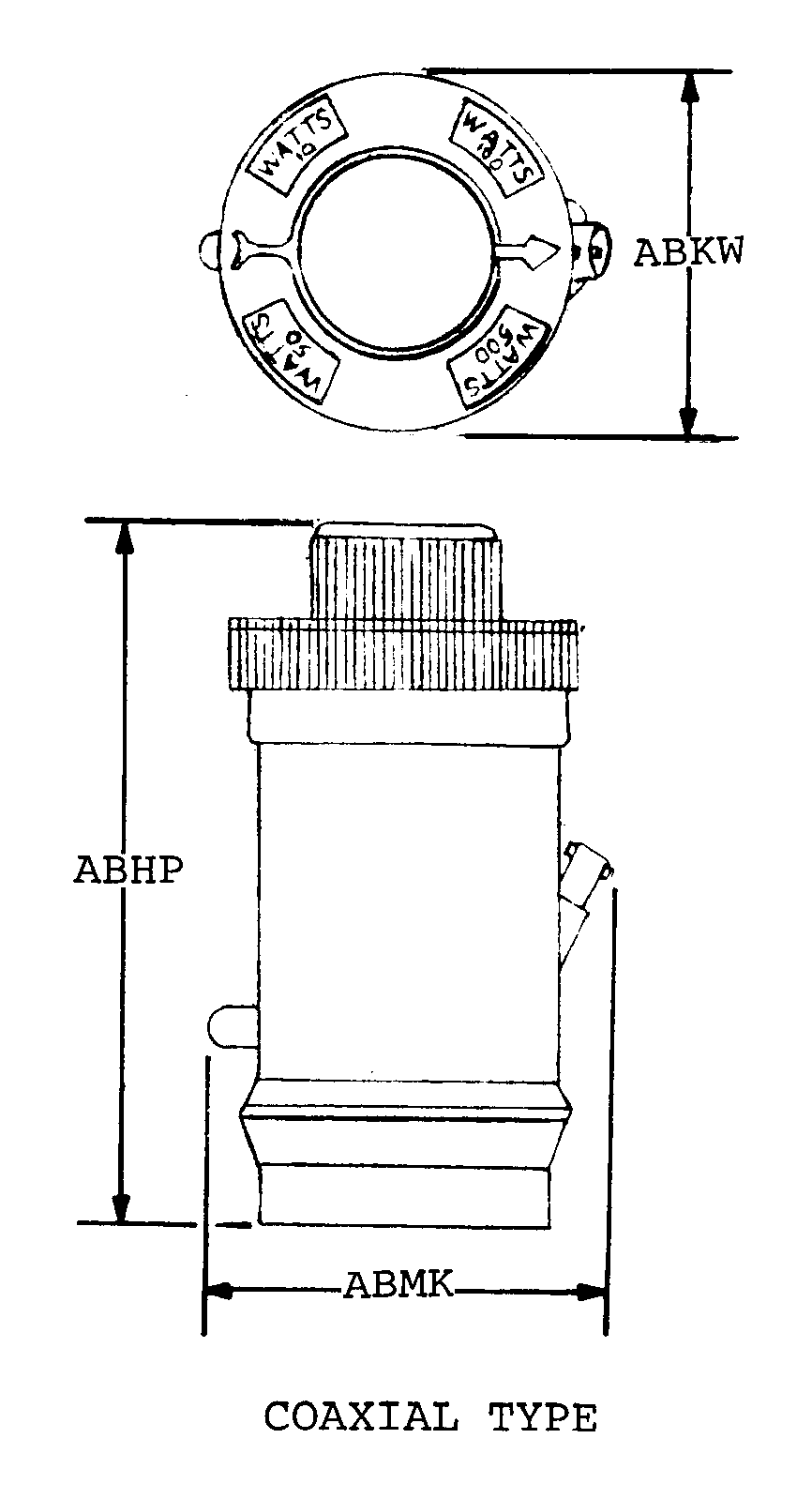
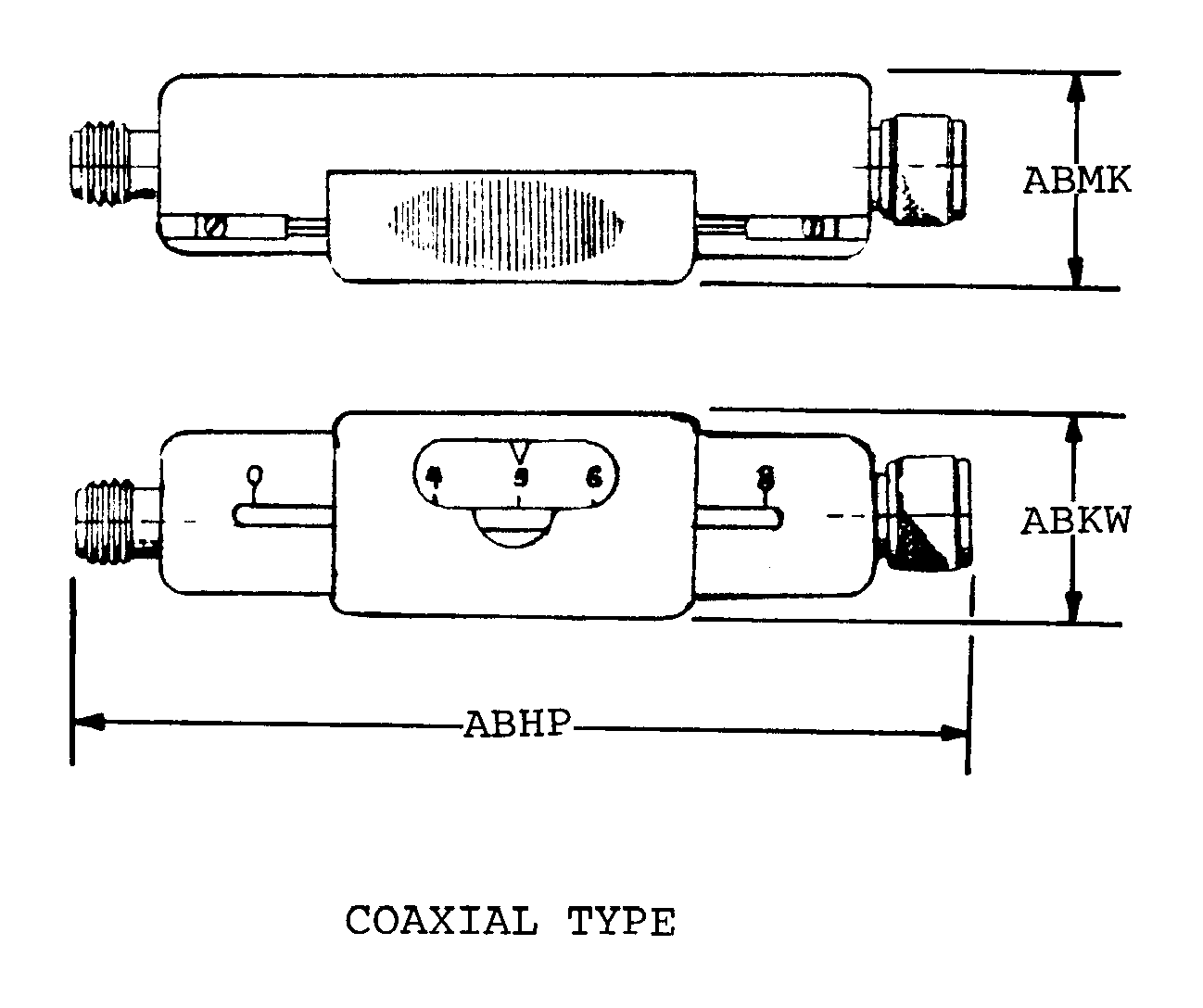
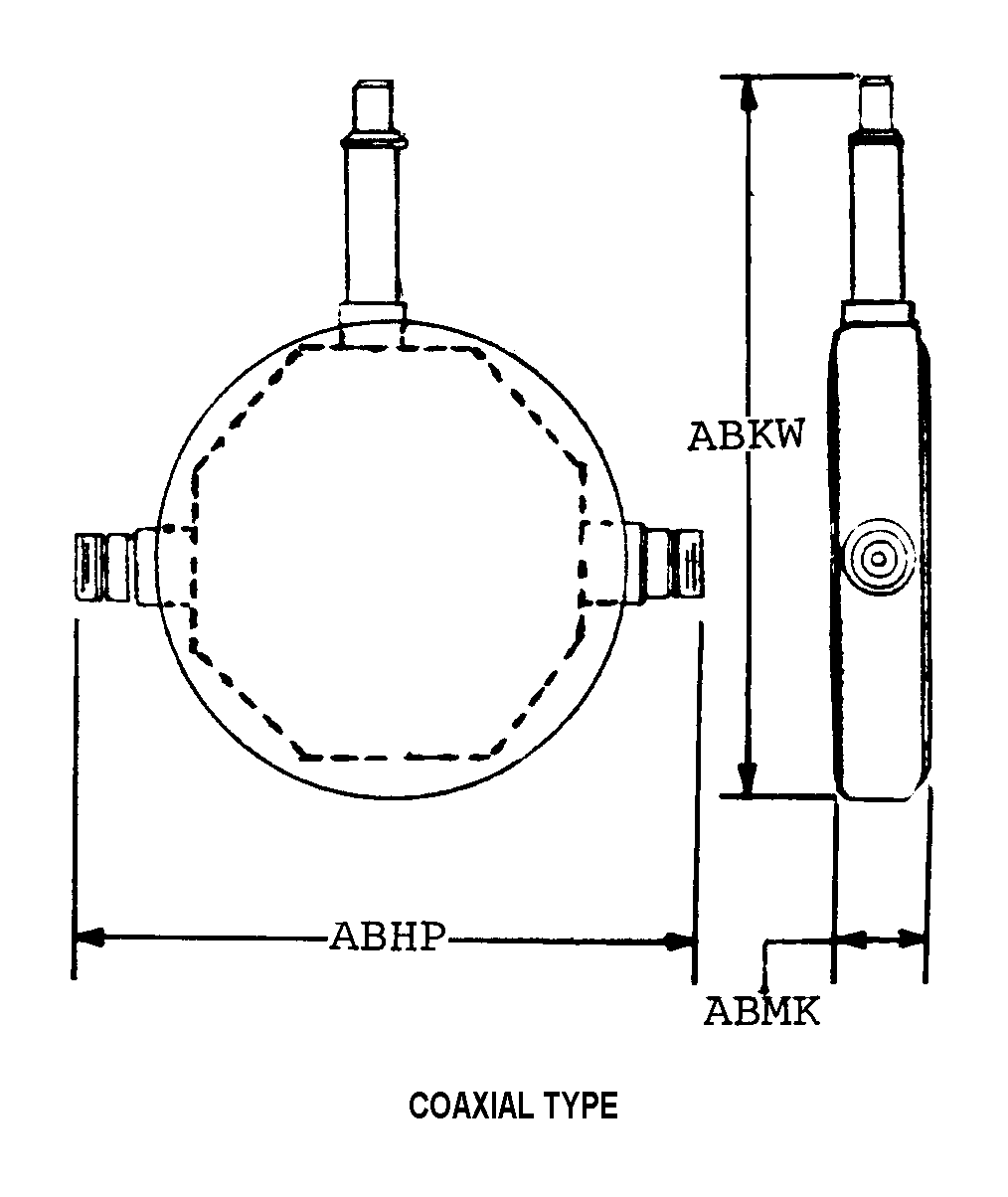
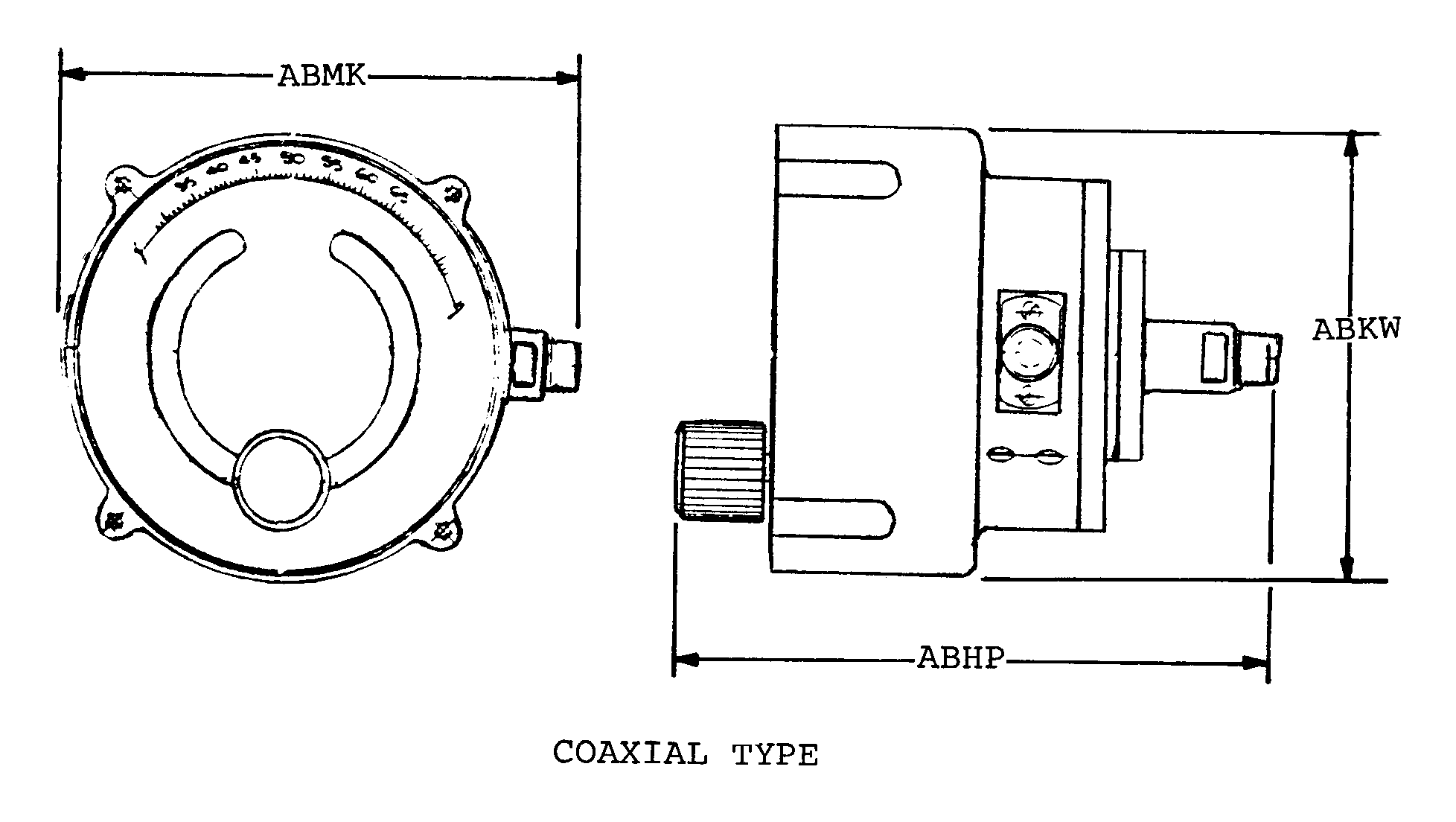
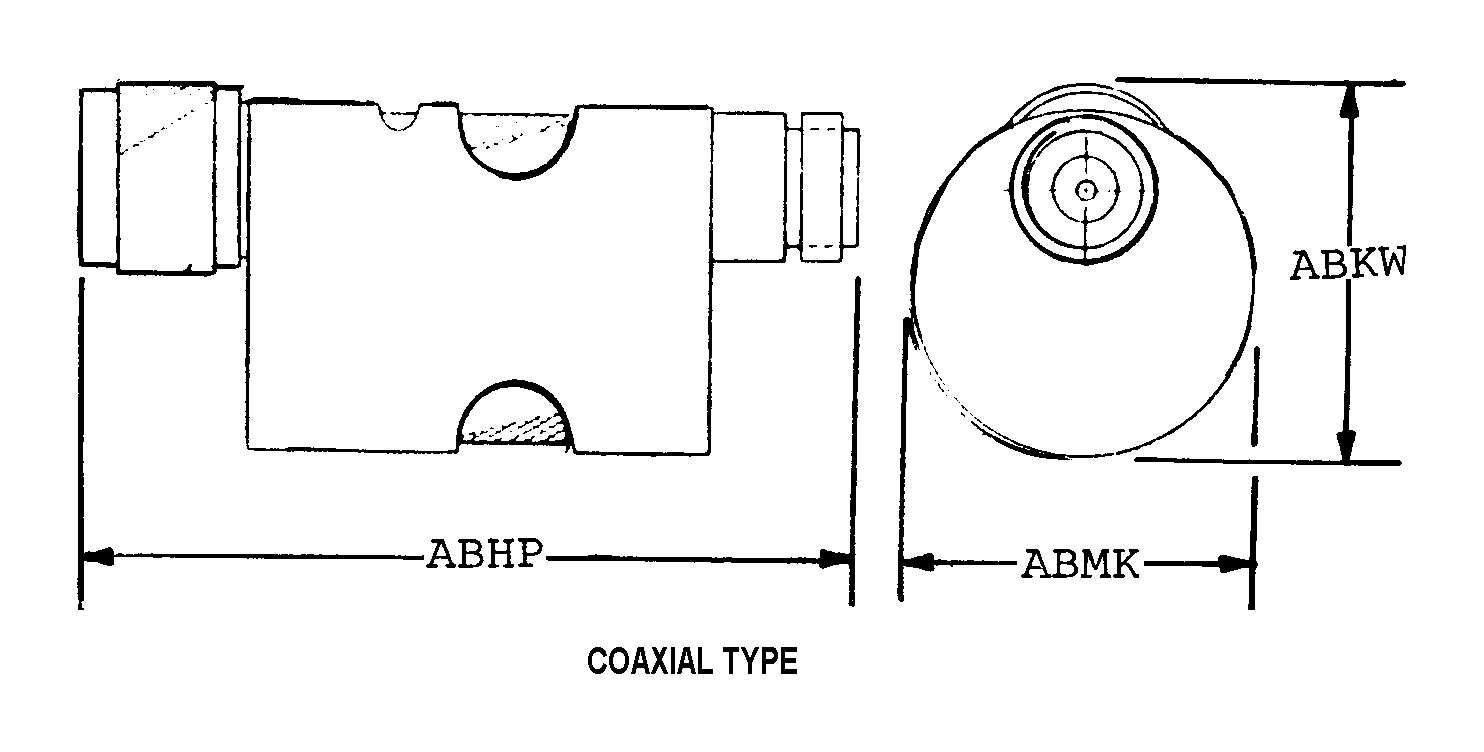
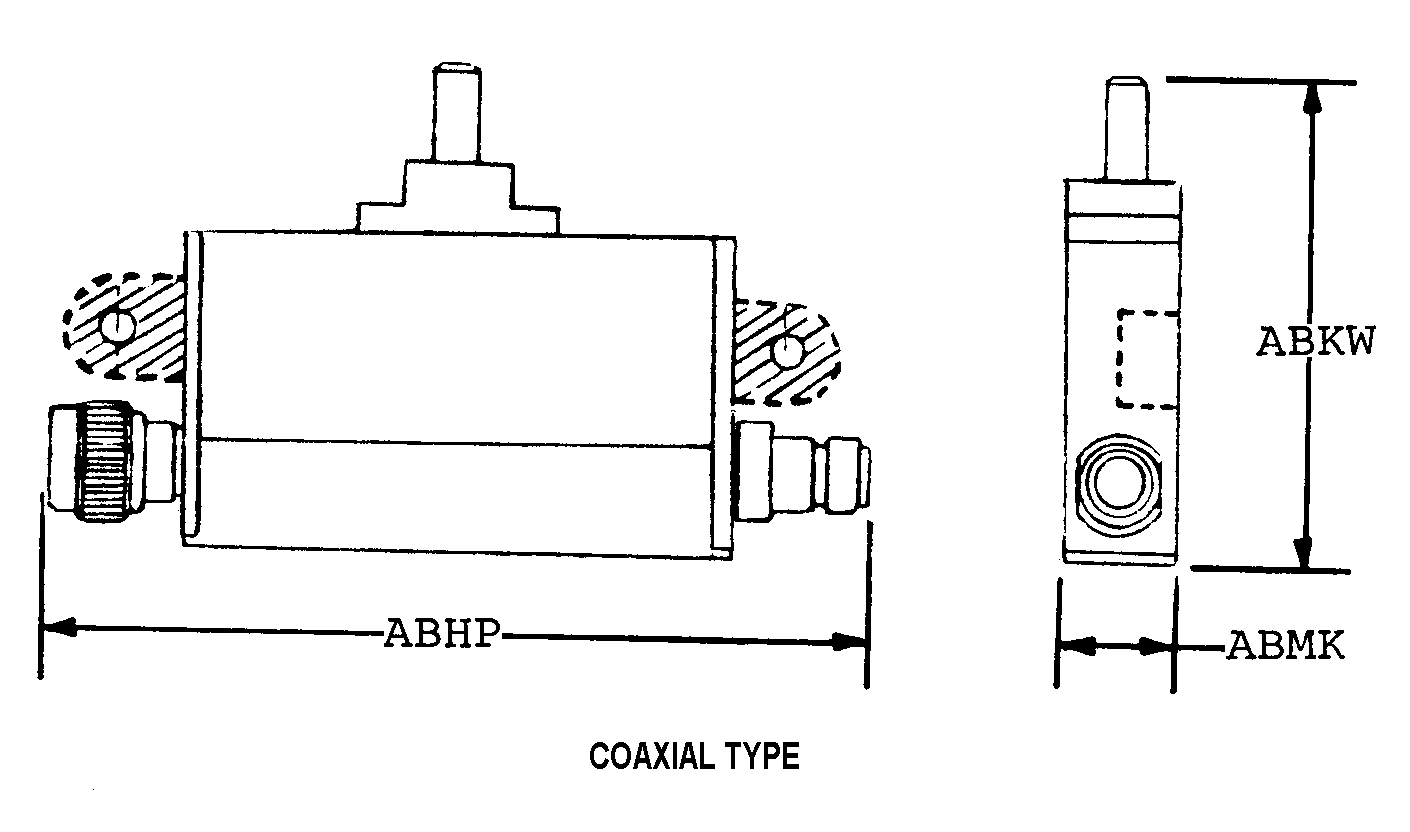
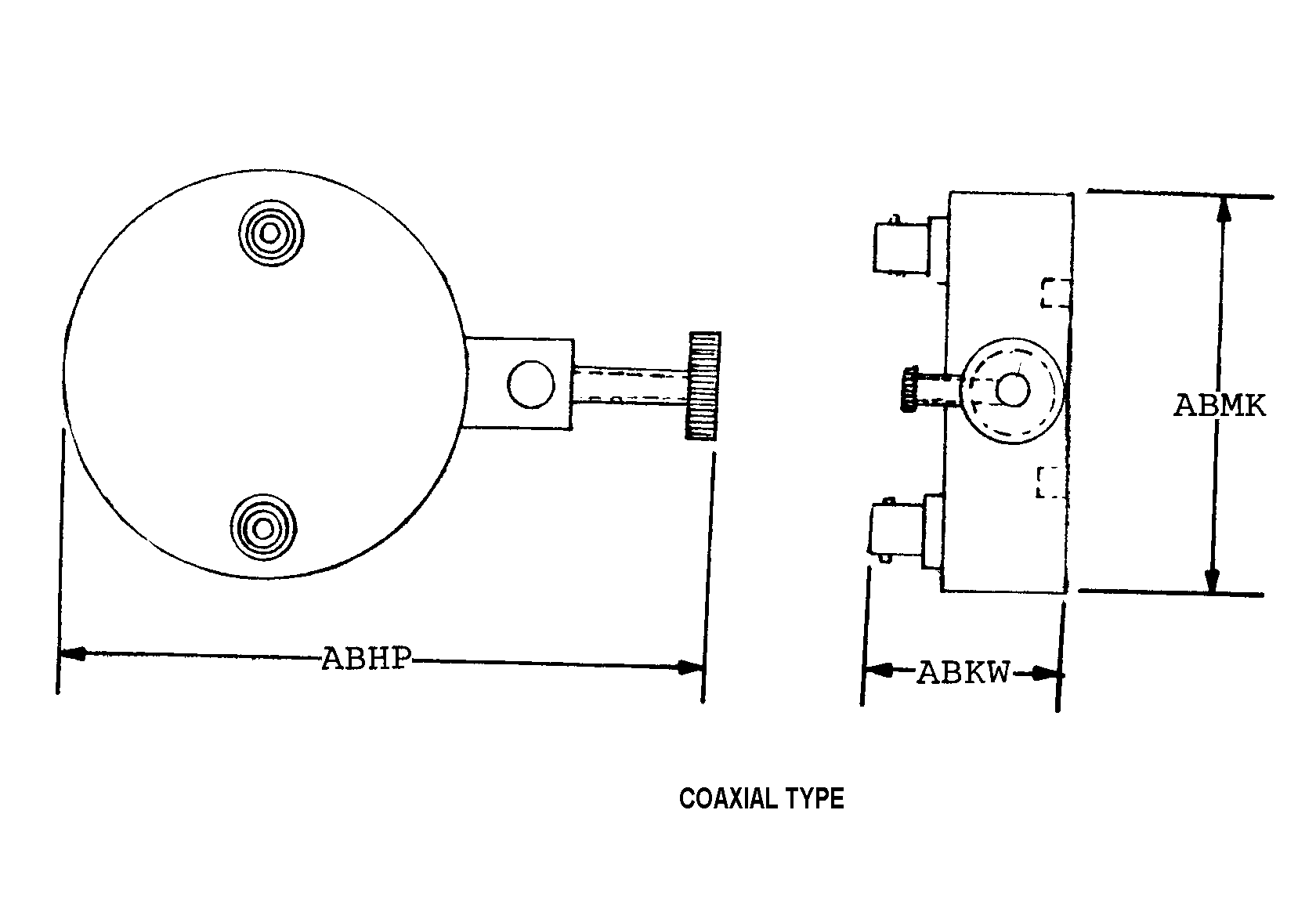
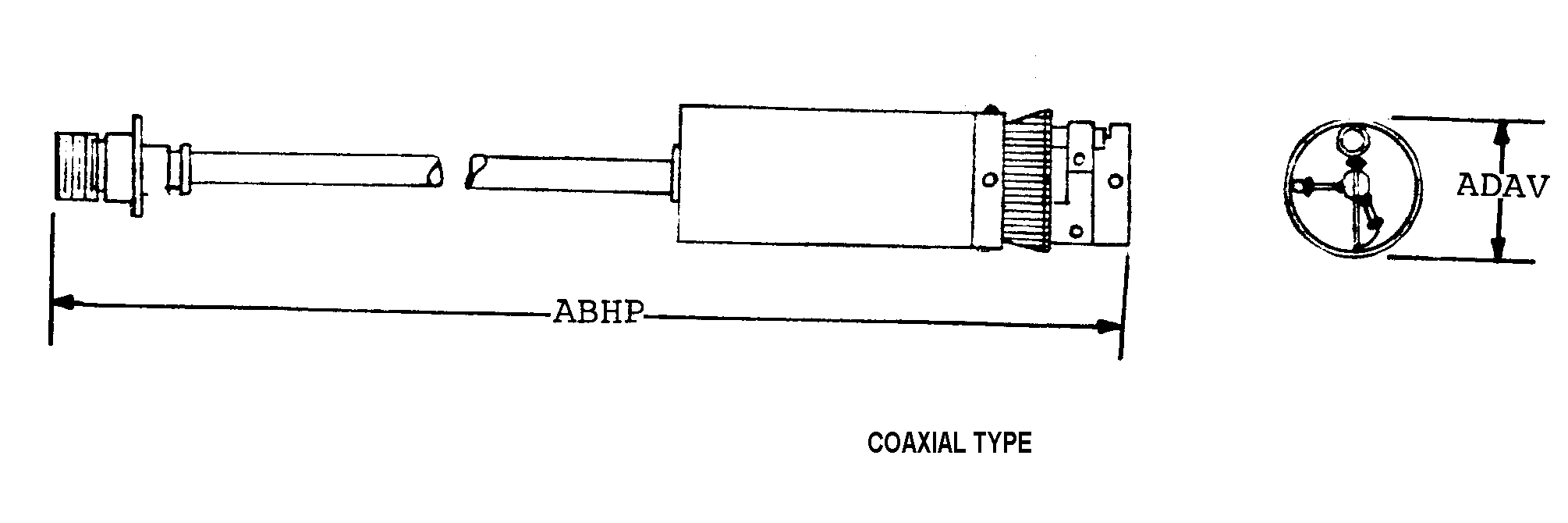
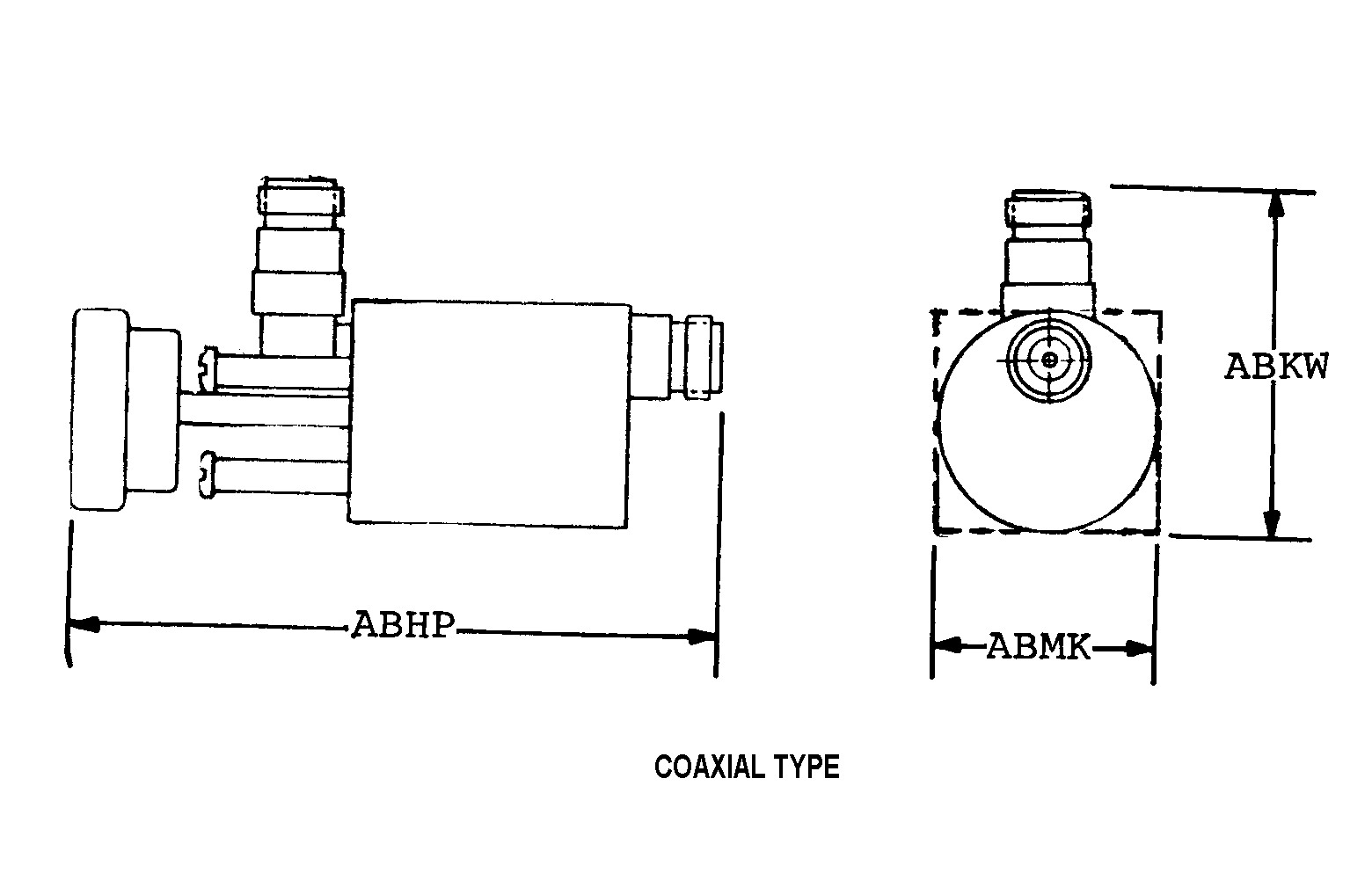
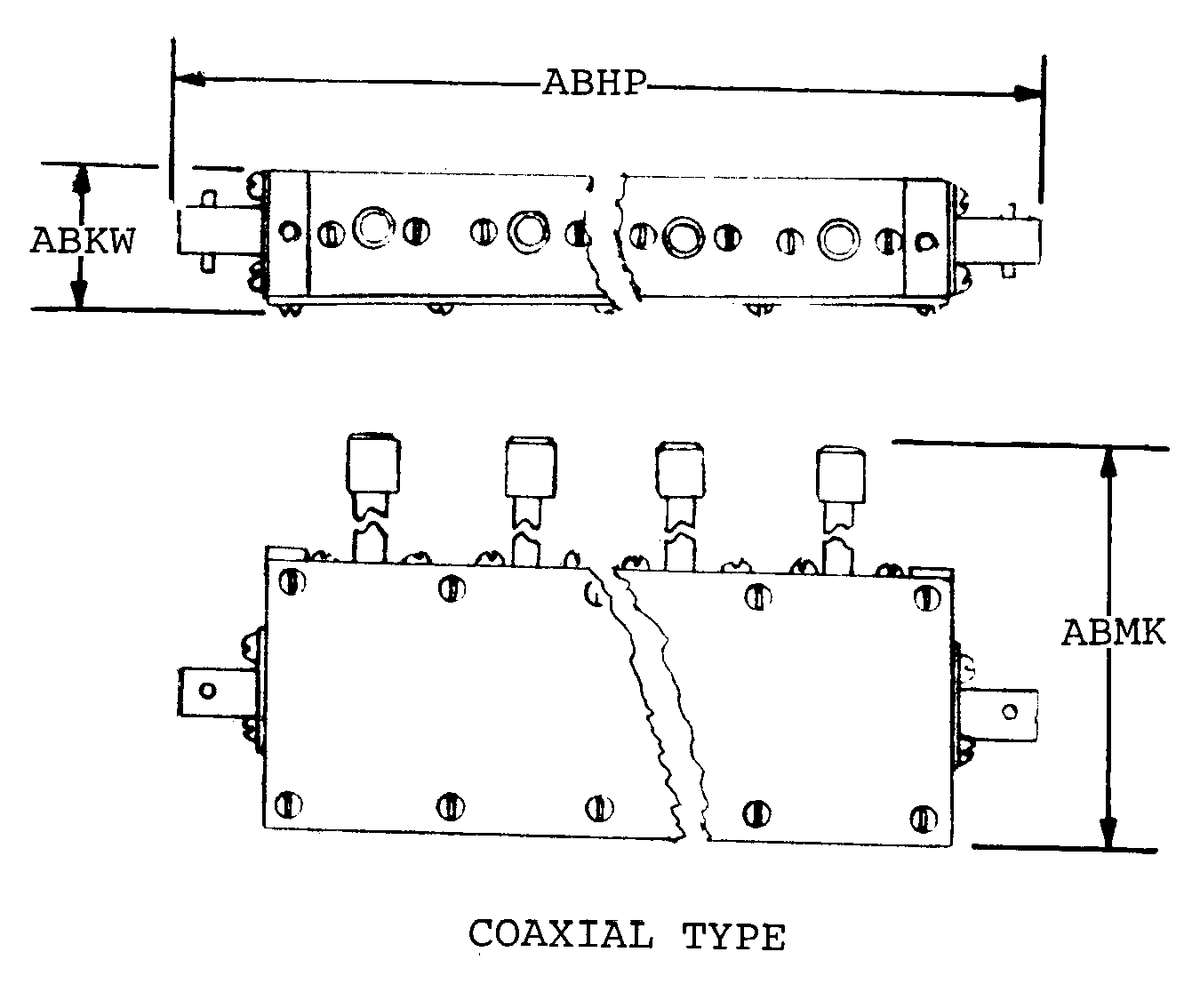
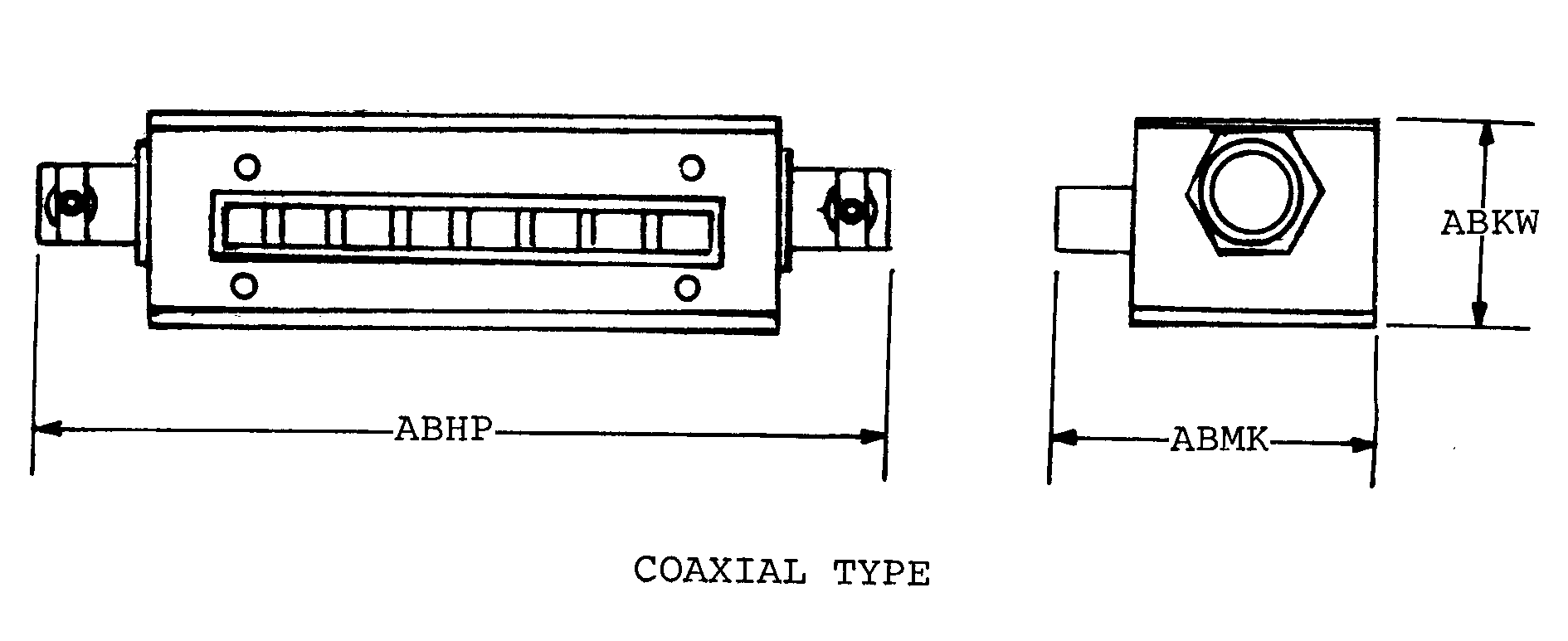
Definition Definition of approved item name (AIN): "ATTENUATOR,VARIABLE"
A device for reducing the strength of an alternating current signal either continuously or in steps, without causing appreciable signal distortion, by maintaining substantially constant output and/or input impedance match. Continuously variable resistive devices must consist of at least two sections or one section with at least two rotating contacts. The item must have an overall attenuation rating. Includes tandem mounted variable resistors designed to function as an attenuator but whose terminals are not connected. See also resistor, vaiable (as modified).
Packaging & Dimensions Packaging instructions, special markings, and approx. weight/dims
Packaging Codes
OPI: Optional Procedure Indicator Code. A one position alpha code that indicates the allowable deviations from the prescribed requirements.
SPI No.: Special packaging instructions number.
LVL A/B/C: Indicates the type of shipping container required for level A, B, or C maximum packing protection.
SPC Mkg: A two position code that identifies the special markings applied to the container, which is part of the total pack to protect the contained item during preservation, packing, storage, transit and removal from the pack.
5985-00-030-8960 Material Hazmat, Precious Metals, Criticality, Enviroment, and ESD
Indicates there is no information in the hmirs. The nsn is in a fsc in table ii of fed std 313 and a msds may be required by the user. The requirement for a msds is dependent on a hazard determination of the supplier or the intended end use of item.
Precious metal content is unknown
The item does not have a nuclear hardened feature or any other critical feature such as tolerance, fit restriction or application.
Identification Codes
HMIC: Hazardous Material Indicator Code. A one position code that identifies a hazardous item.
PMIC: Precious Metal Indicator Code. A one position code which identifies items that have precious metals as part of their content. precious metals are those metals generally considered to be uncommon, highly valuable, and relatively superior in certain properties such as resistance to corrosion and electrical conductivity.
ESD: Electrostatic Discharge. Indicates if an item is susceptible to electrostatic discharge or electromagnetic interference damage. electrostatic discharge damage occurs when an accumulation of static electricity generated by the relative motion or separation of materials is released to another item by direct contact. electromagnetic interference damage occurs when an item comes into proximity with an electrostatic or magnetic field.
ENAC: Enviromental Attribute Code. Identifies items with environmentally preferred characteristics.
CRITL: Criticality Indicator Code. Indicates an item is technically critical by tolerance, fit, application, nuclear hardness properties, or other characteristics.






